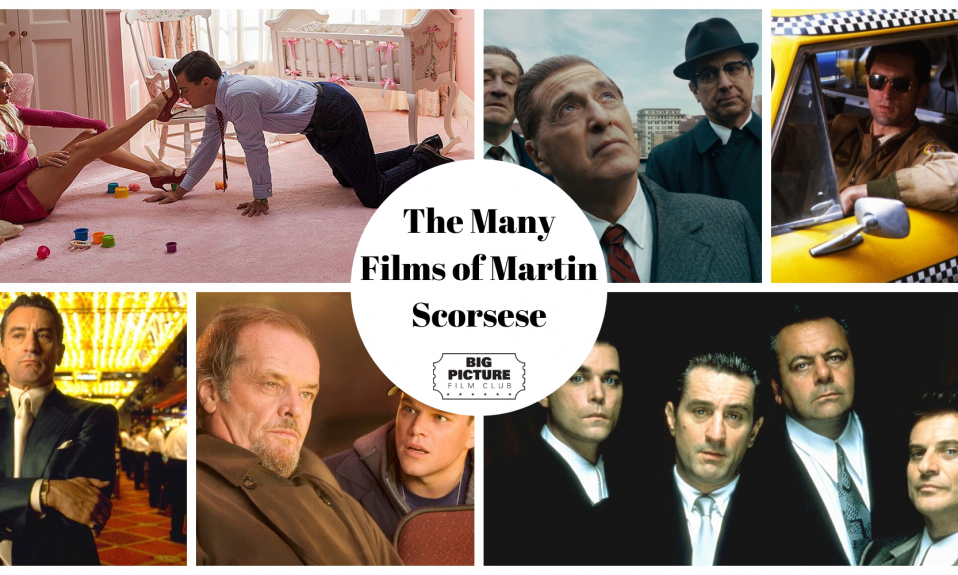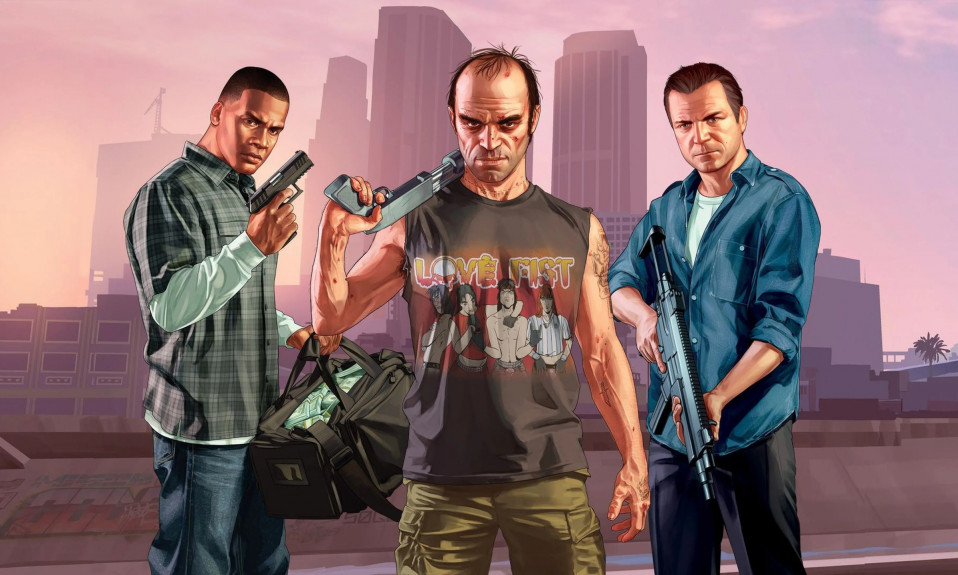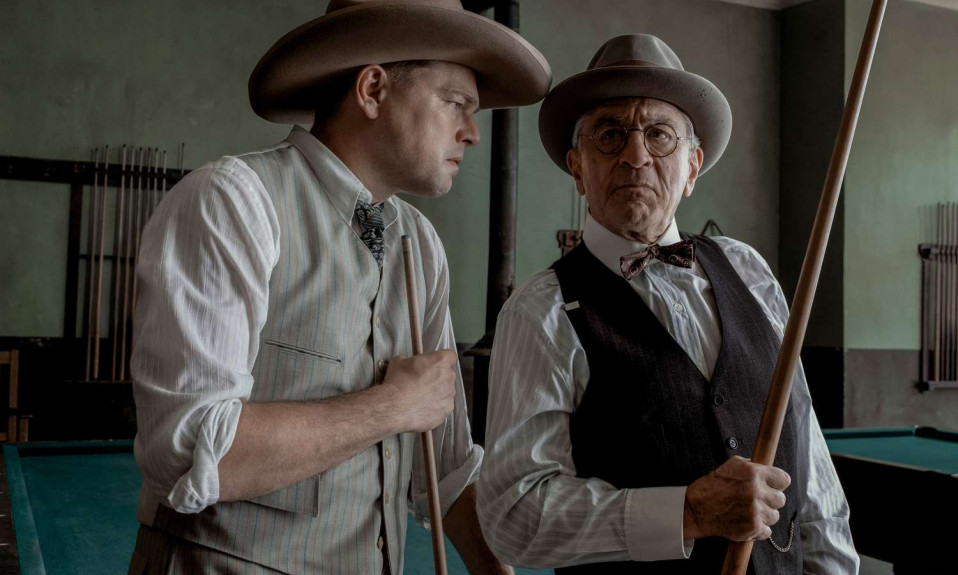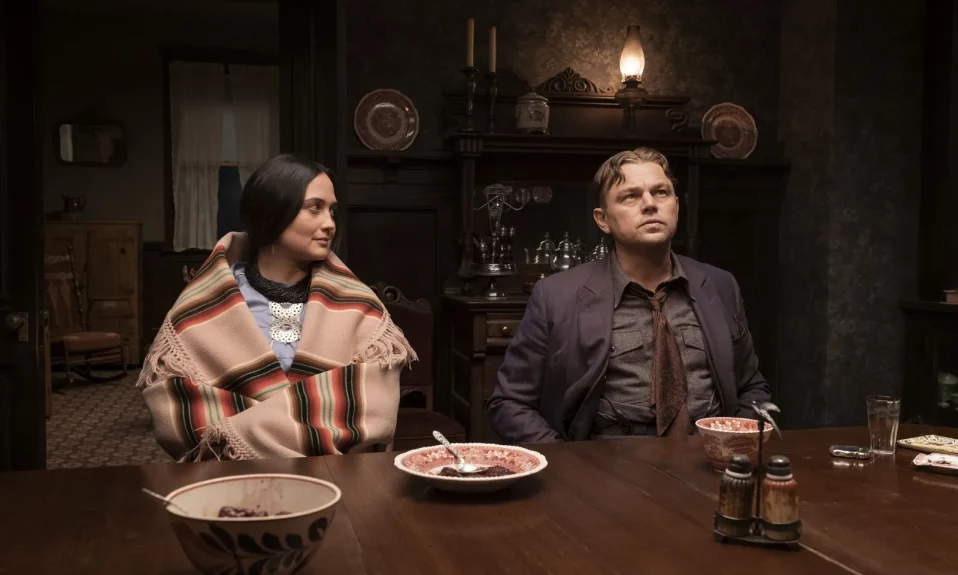Hailed as one of the greatest filmmakers of his, or any, generation, Martin Scorsese continues to make amazing films after more than fifty years. So what can you expect from this Oscar-winning director?
Long Stories
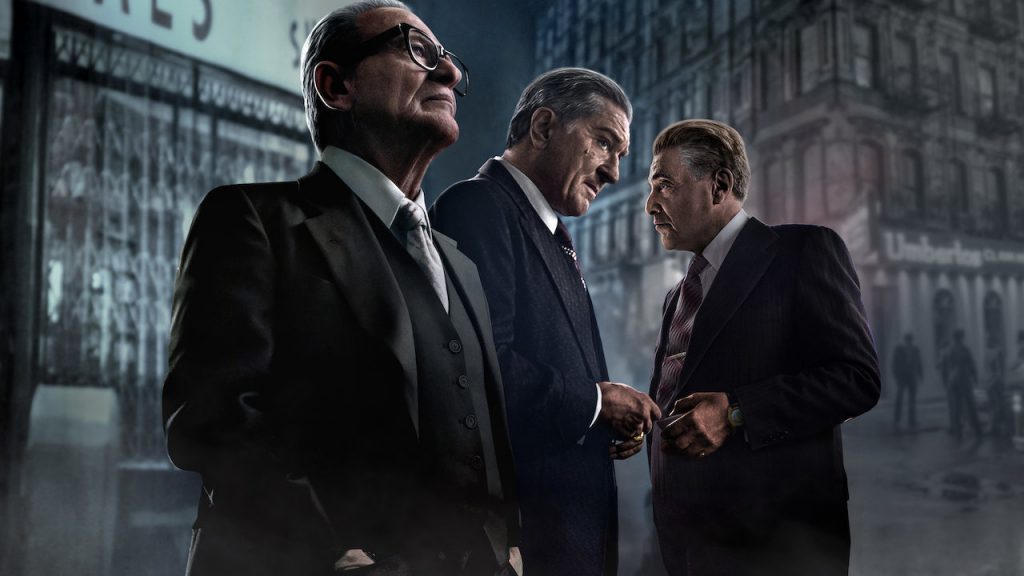
Martin Scorsese tells long stories, often spanning decades – Goodfellas follows Henry Hill from a child getting a part-time job in a cab stand to him turning on his Mafia friends many years later. The Aviator spans decades in the life of trouble genius Howard Hughes. Unsurprisingly the films have run times to match this, the last time Scorsese made a film under two hours it was The Colour of Money in 1986 – with one whole minute to spare. Scorsese’s most recent film, The Irishman, is also one of his longest, running at 3 hours and 29 minutes. This was released on Netflix which I think is important, as I imagine it being streamed at home was a factor in this and so eager to have this prestigious director working with them the streaming service would have agreed to anything. The story runs from 1949 to 2000 and seeing characters age, grow old and die has quite an impact. You don’t just assume characters are friends because you’re told this – you see it happening. The journey of Peggy Sheeran – the daughter of De Niro’s character – from child to adult and how she viewed her father is particularly devastating.
Casino is just shy of a three-hour runtime which showed the destruction of the relationships between three people: Ace Rothstein, Nicky Santora and Ginger McKenna. Ace and Nicky are childhood friends and Ace and Ginger have a somewhat unconventional marriage, and as rifts and new feelings develop between the three of them things get ugly. It doesn’t help that whilst this is going on Ace is running casinos for the Mafia with Nicky meant to be protecting him but is as much a liability as security. Nothing in the demise of these relationships feels forced or motivated to advance the plot but develops naturally from the flaws in the characters.
The Wolf of Wall Street was three hours long and the story goes that Scorsese wanted a four-hour cut and a lot was said at the time about how it felt long. Various people have suggested that this was a directorial choice in the sense that the main character’s seemingly endless party of drugs and sex was meant to feel gruelling, you were meant to feel like it was too much – because it was.
Quentin Tarantino is another director who makes long films but while I often feel with Tarantino this is self-indulgence, Scorsese earns this time and uses it to maximum effect.
Obsession
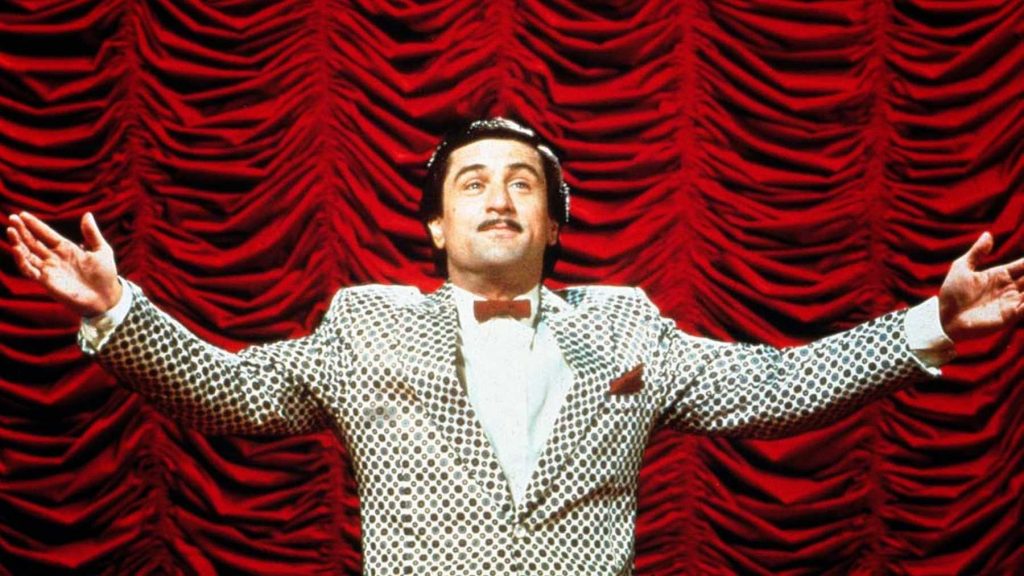
A lot of the stories in Scorsese’s stories revolve around obsessions characters have. Travis Bickle is obsessed with cleaning up the streets, Rupert Pupkin is obsessed both with talk show host Jerry Langford and being famous, Amsterdam is obsessed with getting revenge on Bill the Butcher. For each of these characters, their obsessions take them to odd places – Bickle becomes a hero to people when he could so easily have been the villain, Pupkin fulfils his ambition for fame by kidnapping his hero. Amsterdam saves Bill’s life at one point, just so he can kill him himself, and at times is taken in by the strength of Bill’s personality. Normally obsessions don’t go too well for people in films but looking at these characters it’s not that simple – Pupkin becomes famous, Bickle becomes a hero to people, Amsterdam gets his revenge and seems on the verge of moving onto a happier life.
Crime
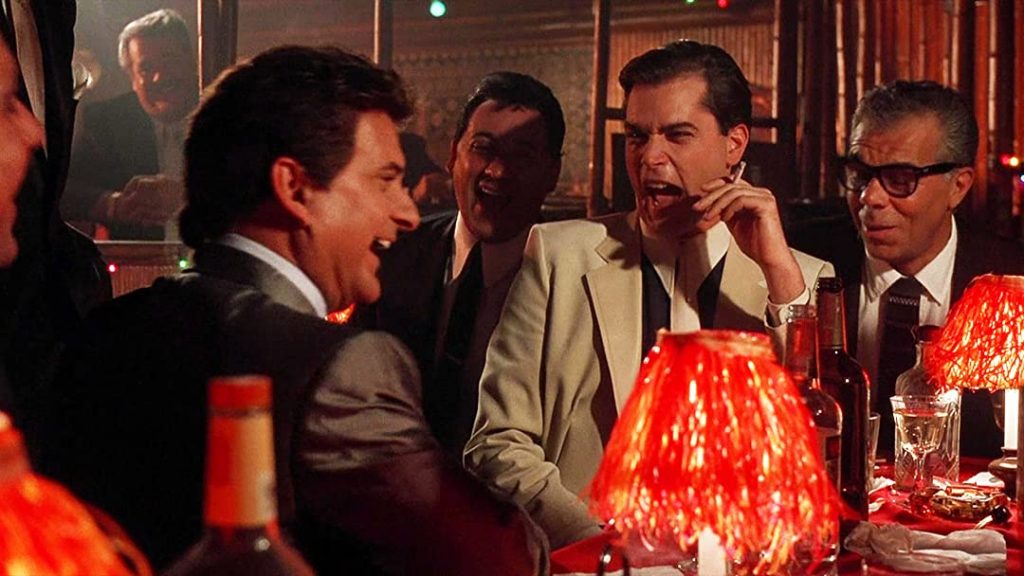
I considered not writing about this but considering twelve of Scorsese’s films are directly about crime, criminals or law enforcement it was impossible to ignore. A lot of these films focus on people who don’t want to do things the typical way. In Goodfellas, Henry Hill spends a lot of time complaining about normal life and trying to get ahead that way is pointless. In Casino, the mob bosses baulk at the idea of just making the profit they could out of a huge casino in Las Vegas – they have to break the law to get every penny. Joe Pesci’s character in Casino is even frustrated with the “normal” way the mob conduct business and makes his own path. The Wolf of Wall Street is entirely about finding new ways to rip people off using the stock market. It’s important to say that I don’t think Scorsese celebrates this attitude – his crime films are full of death and violence, they’re not simply enterprising, they’re dangerous people. Casino and Goodfellas both contain sections of utter bloodbaths against people who by the supposed rules of the mob “shouldn’t” have gotten hurt. While The Wolf of Wall Street is not focused on violent crime Belfort’s contempt for the people (especially people who can’t afford to lose money) he cons is sickening.
Gangs of New York focused on vicious gang violence in 19th Century New York with the main issue being around the tension between newly arriving immigrants and longer established gangs (but, it’s America, so ultimately immigrants as well). More or less the city authorities abandon this area, the Five Points, to gang rule. Taxi Driver dealt with the crime-ridden streets of 1970s New York – given rise to Bickle who while wanting to clean things up was just as dangerous and unhinged as those he fought. Both of these films are set in New York and despite the hundred years between them the violence and the inability or indifference of the authorities is damning.
Iconic Cinema

Martin Scorsese has created countless iconic shots and scenes in films. Raging Bull is packed with amazing shot after amazing shot, the title sequence to the film has more artistic ambition than whole features. Travis Bickle is gifted with at least three truly legendary moments in one film, lurking in his taxi, his mirror conversation and stalking the streets with his mohawk. The unforgettable single-take scene in Goodfellas of Henry and Karen entering the Copacabana, moving around corridors and cutting through the kitchen still looks brilliant after thirty years, let alone Joe Pesci’s handling of the most tense example of “friendly banter” in the history of the world, with the audience thinking he might just murder one of his closest friends because Henry had the audacity to laugh at one of his jokes.
Acting Partnerships
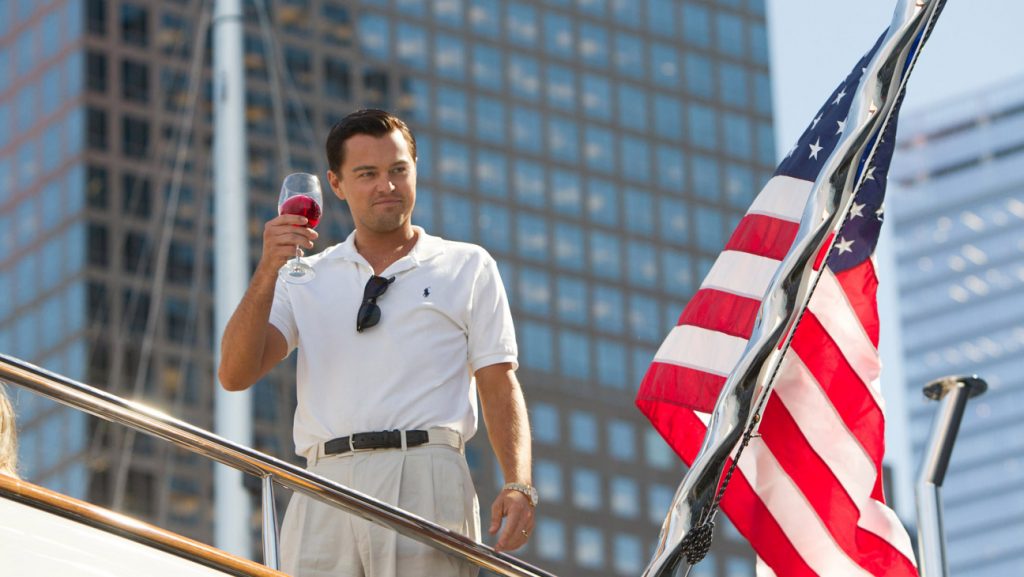
Martin Scorsese has made nine full-length films with Robert De Niro and it would not be out of the question to call it the most successful director-actor partnership in cinema history. De Niro starred in The Irishman with a sizeable amount of money being spent on digitally de-ageing the actor. The buzz around Scorsese and De Niro reuniting was a huge draw for the film.
However, in the 2000s, Scorsese turned to Leonardo Di Caprio, who went on to star in five of his films (with Di Caprio also down to star in two future Scorsese films). Di Caprio’s change in reputation from teenage pinup to one of the most respected actors working today is due in no small amount to these films.
I’ve barely mentioned so much of Scorsese’s work and he’s done everything from religious epics to psychological thrillers – it’s hard to imagine a fan of film not finding something to enjoy. He is one of those directors where even films of his I haven’t seen, like Silence, for example, I feel on very safe ground saying it will be a good film.


